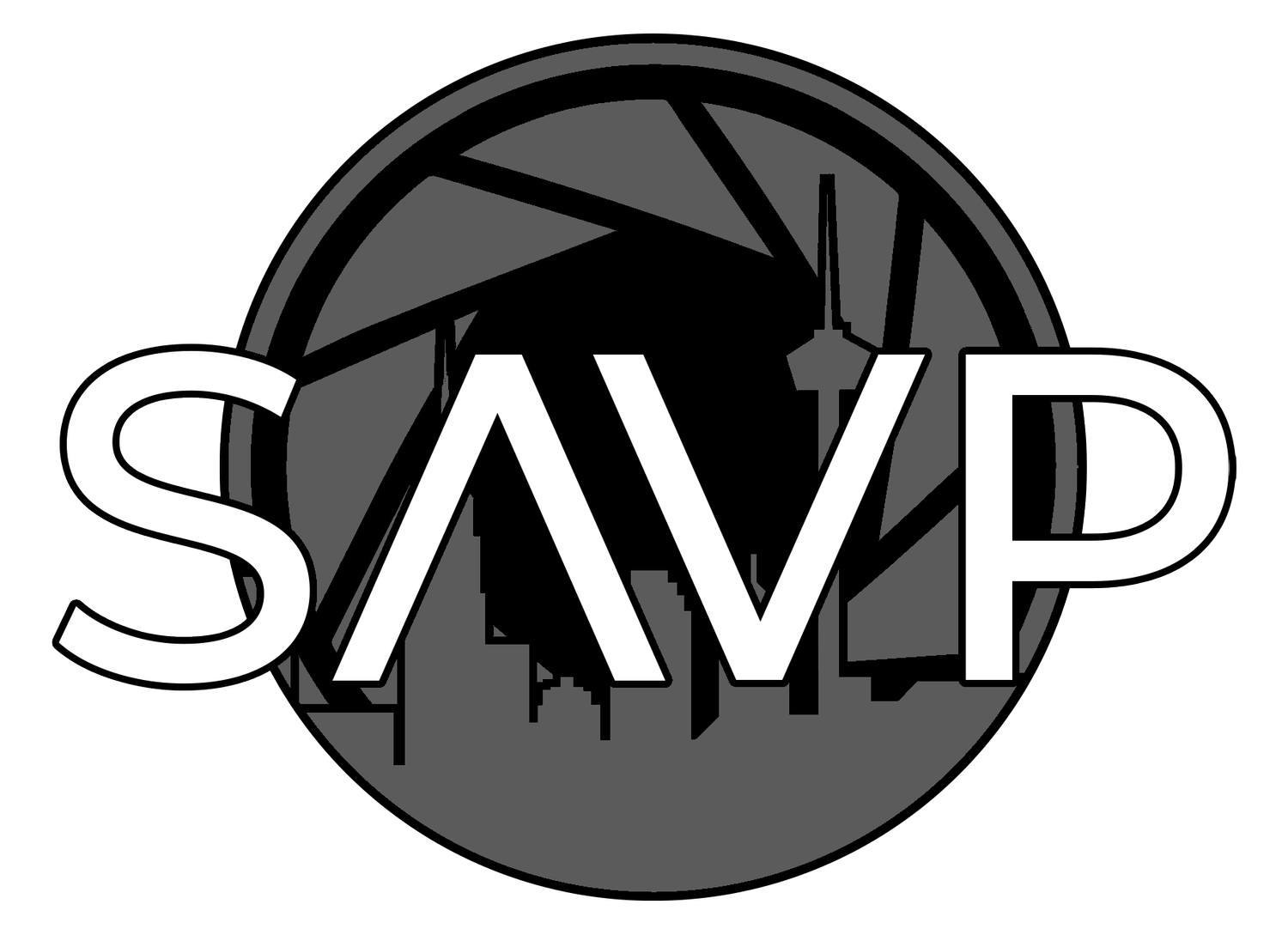Mastering Corporate Video Production: The Art of Storytelling
In the fast-paced world of corporate communications, creating impactful videos can be a game-changer. Video storytelling elevates your message, allowing you to connect with your audience on a deeper level. At the heart of this process lies a fundamental aspect: storyboarding. This blog explores the critical stages of developing a concept, scriptwriting, and creating storyboards for corporate video production, demonstrating how effective storytelling can enhance engagement and clarity.
The Importance of Storytelling in Corporate Video Production
You might wonder how Hollywood’s storytelling methods apply to corporate video production. The truth is, the principles of storytelling are universal. Whether crafting a captivating blockbuster film or a straightforward corporate video, the essential elements remain the same. The art of storytelling involves structuring your narrative in a way that resonates. This section delves into the significance of storytelling in corporate video production, illustrating its profound impact on audience engagement.
Understanding Story Structures: The Foundation of Effective Storyboarding
To create compelling narratives, it’s essential to study the core principles of storytelling that have stood the test of time. These principles help in developing a strong framework for your video. By learning the essential structures and common tropes of storytelling, you can bring unique twists to your corporate videos that make them stand out.
Researching Storytelling Techniques
Several resources can provide insights into effective storytelling techniques. Books on screenwriting, such as "Save the Cat!" by Blake Snyder or "The Anatomy of Story" by John Truby, can guide you through building a narrative that captivates and informs. Understanding these fundamentals will empower you to craft engaging stories that convey your corporate message succinctly.
Scriptwriting: The Bedrock of Your Corporate Video
Once you have a clear concept, the next phase is script writing. The script acts as the blueprint of your video, laying out the dialogue, actions, and key messages. An effective script provides direction not only for the production team but also ensures that the final product aligns perfectly with your vision.
Choosing the Right Scriptwriting Tools
Many scriptwriting tools, such as Celtx, Final Draft, or even simpler platforms like Google Docs, can help you format and organize your script professionally. These tools streamline collaboration, enabling your team to provide feedback and make necessary adjustments with ease.
Crafting the Key Messages for Corporate Videos
In corporate video production, the focus often shifts from dramatic narratives to conveying clear messages. If your project involves interviews, think strategically about the questions you ask. Open-ended questions can draw out essential information, ensuring your video effectively communicates the intended message while engaging your audience.
Storyboarding: Visualizing Your Narrative
With a finalized script, the next step is storyboarding — a crucial element in video storytelling. Storyboards are visual representations of your script, akin to comic strips that sequence key scenes and camera movements. This practice is particularly useful in corporate video production, where clarity and visual cues enhance understanding.
The Power of Storyboards in Video Production
Creating a storyboard allows you to visualize the structure of your video. This not only ensures that your team shares a unified vision but also helps anticipate potential production challenges. By outlining the flow of information, storyboards can reinforce key messages visually, making your video more engaging and easier to follow.
Tools and Techniques for Effective Storyboarding
Various tools can assist in storyboarding your video. Software like Storyboard That or Adobe Illustrator allows you to create professional storyboards effortlessly. Whether you prefer digital formats or traditional paper sketches, the key is to ensure that your storyboard clearly illustrates the sequence and style of your video.
Setting the Stage for Success in Corporate Video Production
Investing time in developing a robust concept, crafting a detailed script, and creating comprehensive storyboards lays a solid foundation for your corporate video’s success. This meticulous planning process not only ensures a clear vision but also guides your team through production, resulting in a polished final product that resonates with your audience.
In essence, mastering the art of storytelling and storyboarding in corporate video production can transform ordinary messages into extraordinary narratives, captivating your audience and conveying your objectives effectively.



